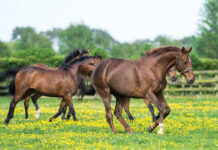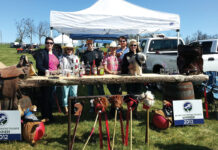One commonality among horse people of all kinds is the desire we all have to develop a good relationship or bond with our horse. Not only does a good horse-human relationship improve our equine interactions, it can also be beneficial for the horse.
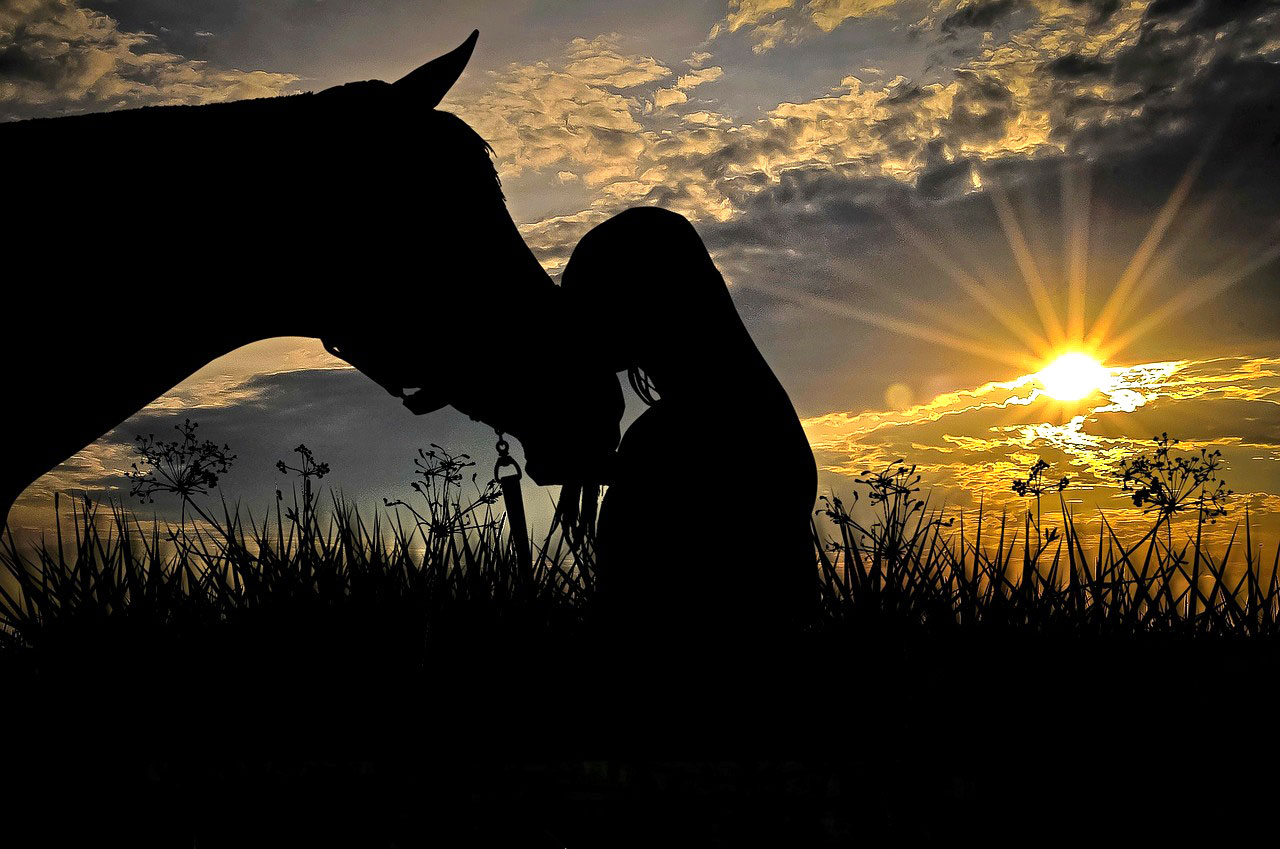
“Research suggests that a strong human-animal bond benefits the person and might also benefit the horse, by improving both well-being and performance,” says horse behaviorist and research professor Robin Foster, Ph.D., CAAB, CHBC, who consults on horse behavior in Washington state. But what does it actually mean to bond with a horse?
Partnership in Perspective
Sue McDonnell, M.S., Ph.D., CAAB, is an adjunct professor of Reproductive Behavior at the University of Pennsylvania’s New Bolton Center and founding head of the university’s Equine Behavior Program. She shares the opinion that horses don’t develop a feeling of love for people like humans do. Instead, the horse likely views the relationship based on his comfort and trust levels.
Understanding how to develop a better relationship with our horses takes looking at horse-human interactions from an animal behavior perspective. Horses bond with other horses in strong pair bonds.
When you substitute a human for a horse, the same type of pair bond can happen, says Sid Gustafson, DVM, of Bozeman, Mont., a veterinarian who teaches people to bond with their horse by educating them about equine behavior.
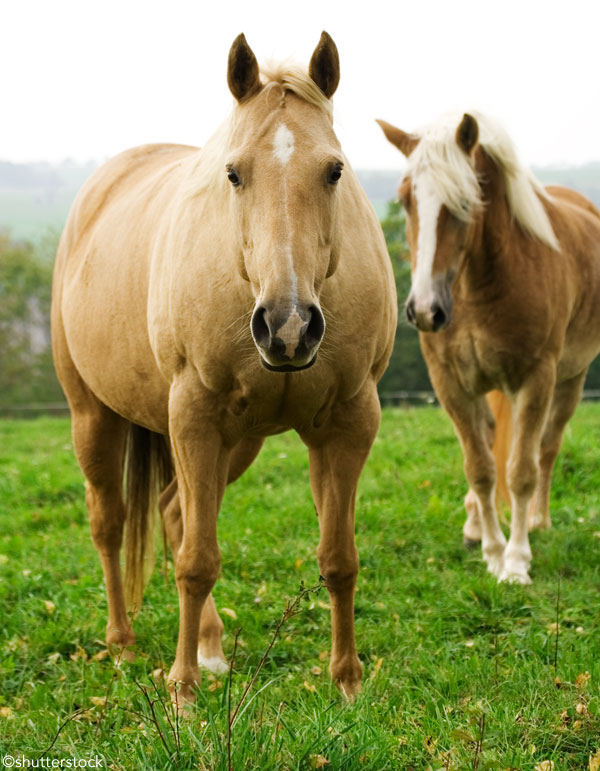
“In order for horses to form pair bonds with people, they must first have been taught about pair bonds in the herd—what I term appropriate socialization,” says Gustafson.
He adds that this horse-human pair bond is marked by acceptance, familiarity, a willing partnership, and a comfort level that goes both ways.
As a clinician and equestrian coach, Sandra Poppema, BSc, of Vancouver, British Columbia, teaches clients how to get better results in training by improving their relationship with their horse.
“A strong bond with your horse is something you can feel and measure by the behavior your horse displays,” she says.
Meeting the Horse’s Needs
If a horse’s physical, psychological, and social needs are not met in a natural and reliable way, then the horse will not bond with you, says Gustafson.
Poppema shares that studies have proven that deficits in management conditions may lead to disturbances in the horse’s behavior, and ultimately cause relationship problems. She reminds horse owners of the importance of giving horses the ability to express their natural behaviors and just be horses.
Stabled horses present special challenges for owners to keep happy.
“Natural has to be recreated in the stable before a horse will bond readily with a human,” says Gustafson. “People who know how to keep stalled horses happy with constant foraging, abundant daily walks, grazing, and socialization have happy horses that are more than happy to bond with them. A guardian who walks and grazes her stabled horse for two or three hours each day will develop a deep bond.”
Building a Positive Balance
According to Foster and Poppema, horses tend to bond if the horse experiences a series of positive interactions. Susan Friedman, Ph.D., who pioneered the cross-species application of Applied Behavior Analysis (ABA) to animals, calls this concept a “trust bank account,” says Foster.
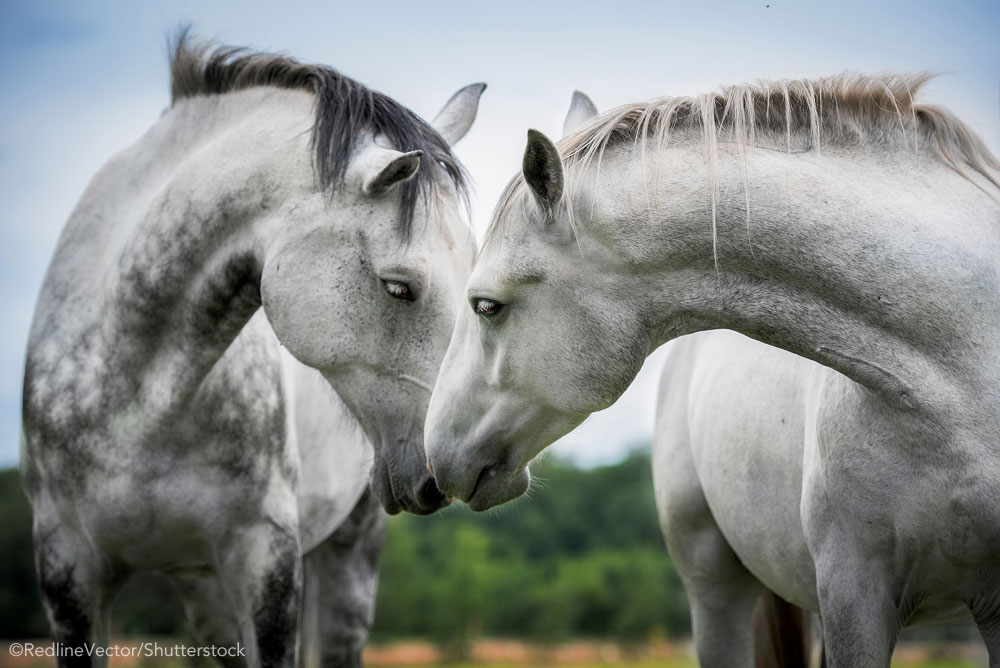
Poppema emphasizes that your relationship with your horse is based on the sum of all of the interactions you have together. Therefore, it’s important to reduce the impact of inevitable negative interactions—veterinarian and farrier visits, trailer rides, and other stressful events—by balancing them out with more positive interactions. This builds up a “positive balance” in the trust bank account.
Poppema teaches her students to identify which interactions benefit the bond and which interactions can damage the bond so they can then “counterbalance the unavoidable negative inputs.”
“Usually only a few small changes have to be made in order to get significant results,” says Poppema.
Focus on the Horse’s Likes
The use of food as a reward is often up for debate among horse owners. Both Gustafson and McDonnell caution that treats need to be used carefully. Gustafson says that horses often bond with the treats versus the person, while McDonnell shares that if not delivered as well-timed reinforcement of a particular behavior, horses can often get confused on what they need to do to get the treat.
Poppema advises people to pair a food reward to elements used in positive reinforcement training (e.g., a marker or bridge signal) in order to turn the reward into an effective reinforcer to prevent confusion in the horse.
To build a strong relationship, it’s crucial to be mindful of the horse’s unique needs and abilities. “The kinds of interactions and activities that are gratifying to an animal with a bold temperament will be different from those that are gratifying to an animal with a shy temperament,” says Foster.
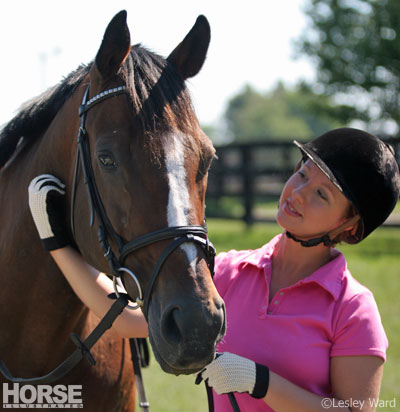
To increase trust with a horse, McDonnell’s top recommendation is for handlers to focus on grooming the horse in a relaxed and unhurried manner during a 15- to 20-minute session.
“If a horse likes to be groomed, I think that’s a wonderful way to reinforce the relationship,” says McDonnell. She cautions not to do any mane pulling or anything else that could hurt the horse or cause stress.
In addition, she recommends finding your horse’s special spot that he loves to have scratched, like the withers, belly, chest, or the neck. “Whether or not they enjoy a particular area, you’ll know it right away,” she says.
Poppema adds that use of inappropriate tools, such as a poorly fitting saddle, a severe bit, or poor use of riding aids can negatively alter the horse-human relationship, especially if there is a repeated connection to pain during riding.
How We Behave Affects Our Bond
While it’s important for us to learn to read a horse’s body language, they are also reading ours. “Horses can perceive and interpret human emotions, facial expressions, and body language signals,” says Foster. “They can also discriminate familiar and unfamiliar humans and value people who are familiar and who are linked to previous positive experiences.”
McDonnell has observed that people who have a background of using aversives (negative stimuli that change behavior) during training will then progress further with a horse once they learn to drop those methods.
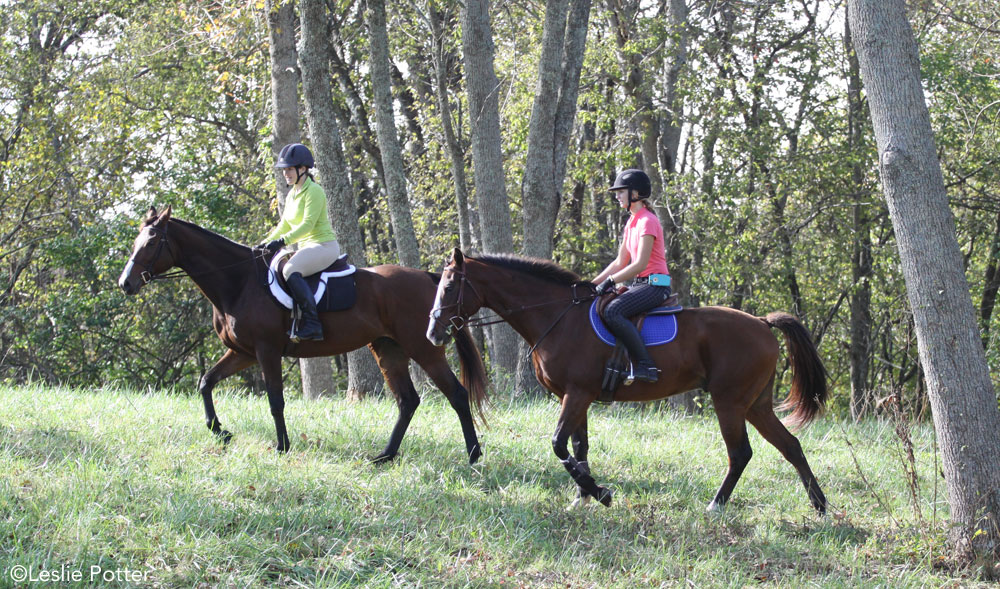
“If you are erratic, inconsistent, or you let your own emotions, moods, and situation affect your interaction with the horse, you’ll have problems,” says McDonnell. “Just take yelling, hitting, and any other aggressive demeanor out of your toolbox. Horses can recognize, appreciate and more easily trust those people who do not have any inclination whatsoever to be anything but relaxed and non-confrontational around them.”
Gustafson adds that people who like to “show their horse who is boss” may diminish their bond with their horse.
Poppema’s own personal experience bonding with a traumatized feral filly that others had failed to tame supports the use of positive reinforcement training. When training her horse, Kyra, she chose not to use the more commonly used pressure-release methods. Instead, she focused on reinforcing good behavior while doing things that Kyra was interested in.
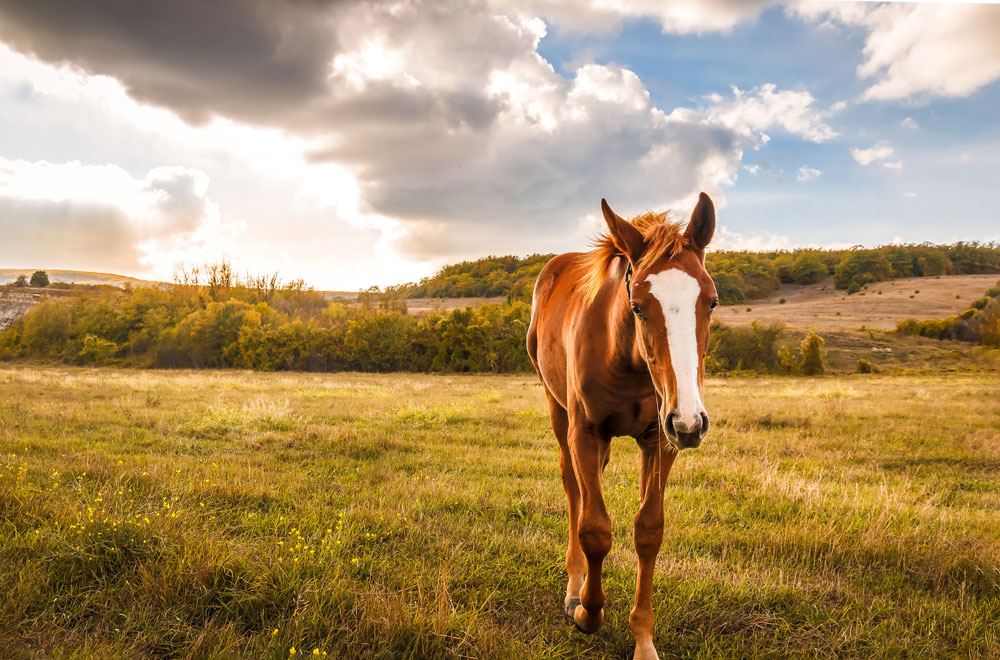
“As a result, I now have a horse that was born and raised in a herd without humans that turned into a horse that seeks out all human interactions,” she says.
We all strive for our horses to want to spend time with us just as much as we want to spend time with them. And this type of bond can exist. With these tips, you can build up your horse’s relationship piggy bank and develop the relationship you’ve always dreamed of.
Is your horse bonding with you?
Our experts share eight signs to look for.
- Your horse seeks out your presence, such as coming to the gate when he sees you.
- Your horse wants to be near you.
- Your horse greets you with a nicker.
- Your horse is relaxed and not stressed around you.
- Your horse is familiar and accepting of your normal behavior patterns.
- Your horse remains focused on you.
- Your horse accommodates your requests (just as you do for him).
- Your horse seems to enjoy doing whatever you request.
This article originally appeared in the February 2019 issue of Horse Illustrated magazine. Click here to subscribe!


